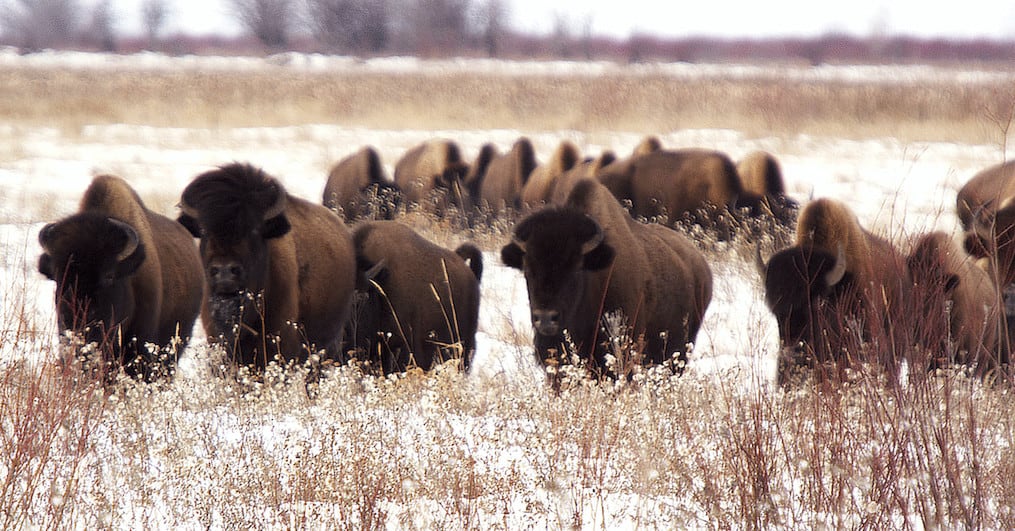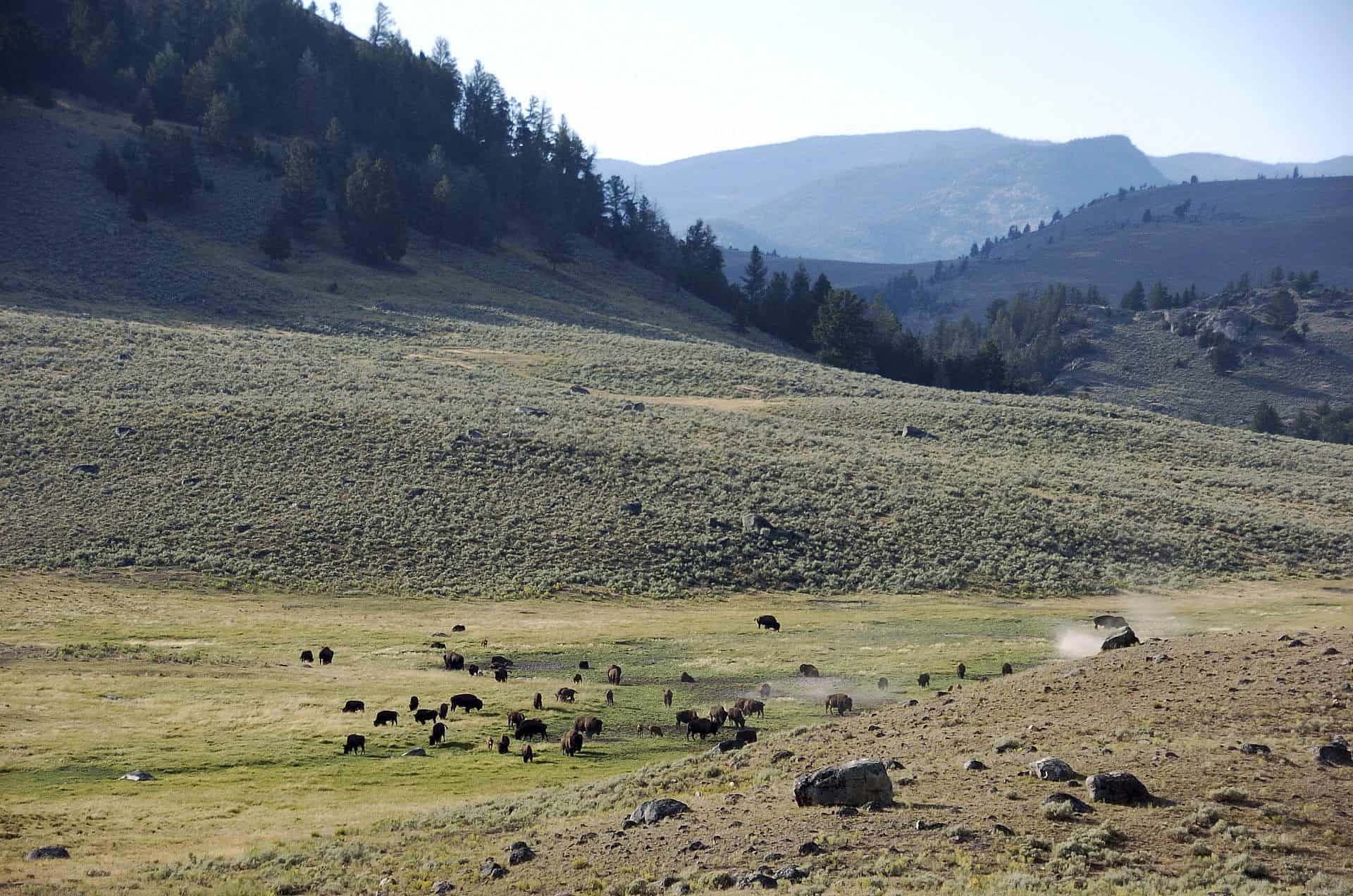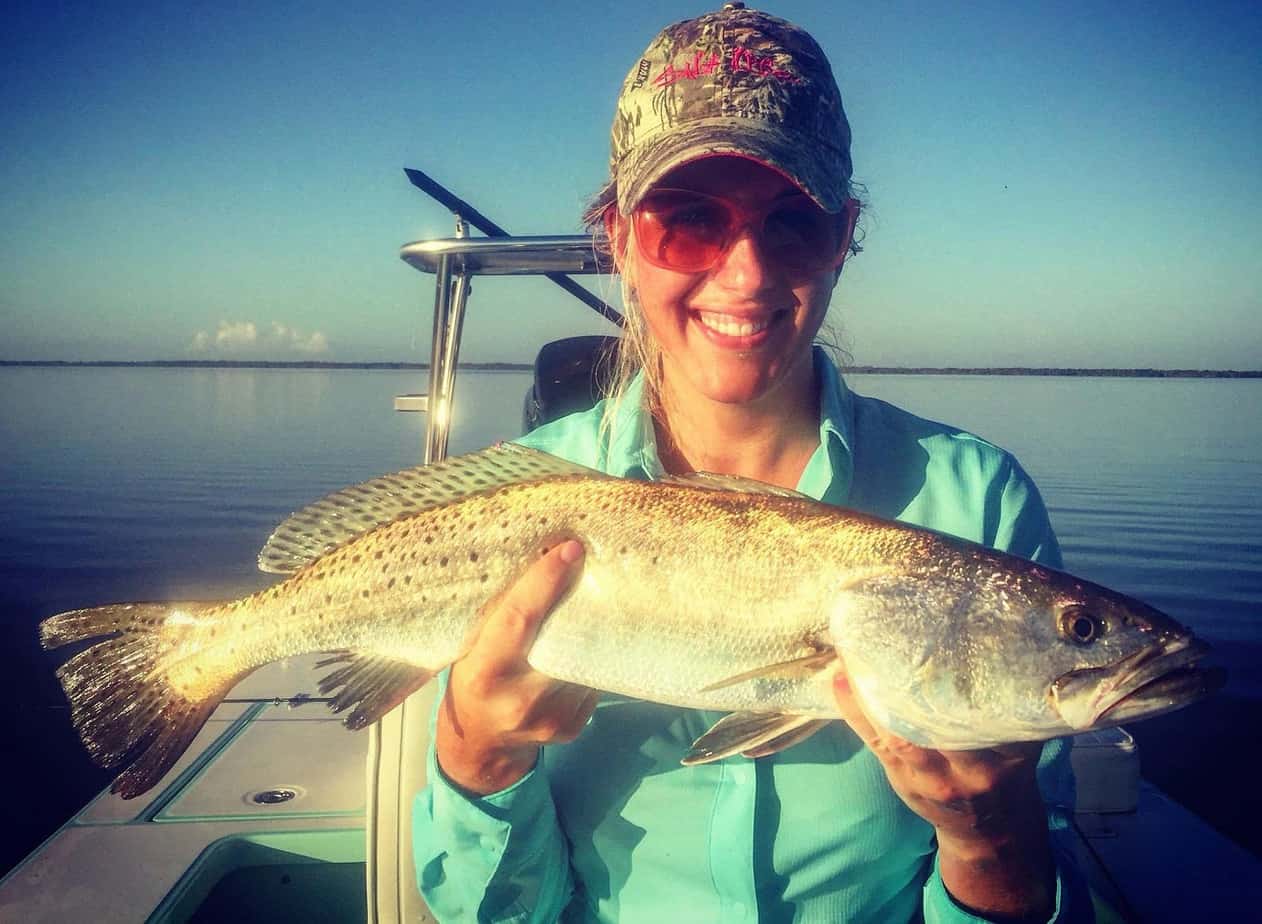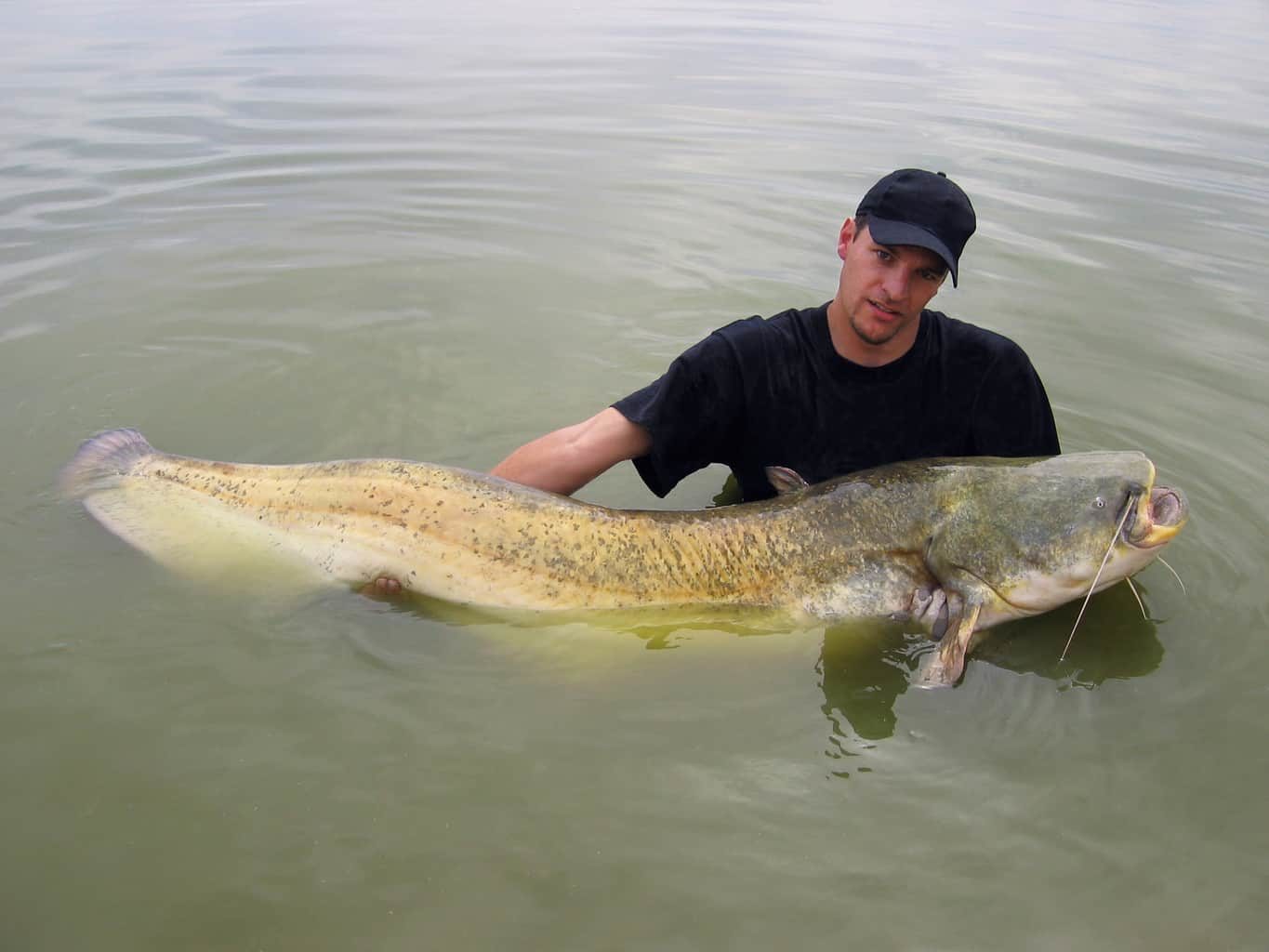
After two weeks of negotiations, a new deal will remove an obstacle for Yellowstone National Park to kill up to 1,300 of their 5,500 bison.
Montana Gov. Steve Bullock removed the ban in a letter to Yellowstone Superintendent Dan Went on Thursday.
“My intent in invoking the (ban) was to prevent the slaughter of these bison and preserve them for transport to Fort Peck (Indian Reservation),” Bullock wrote. “The parties have committed that these animals will be quarantined and safeguarded until they are ready for shipment.”
Despite public outcry over the periodic slaughter of the park’s famous bison herds, there’s nothing else park officials can do. The reason for the slaughter is due to a 16-year-old program that was put into place to stop the annual migration of the bison into Montana so they won’t spread a disease called brucellosis to cattle.
The disease causes pregnant animals to abort their young and would decimate livestock if it ever found its way into their numbers. The disease was brought over from infected livestock from early settlers and has been eradicated everywhere except for wildlife located in Yellowstone.
Of the bison to be slaughtered, 25 will be spared in order to monitor them for signs of the disease for the next year at a federal quarantine facility in Corwin Springs.
It’s expected that the 20 animals currently at Corwin Springs will either be killed or potentially relocated to Fort Peck. These animals were originally captured to use in animal birth control experiments.
Hunters have already shot 300 bison this winter, while 400 others have been captured and are waiting to be shipped to slaughter.
All meat from the slaughtered bison will be distributed among nearby American Indian tribes.
Yellowstone can’t have more than 3,000 bison in the park due to a federal law limiting the population. Since 1985, over 5,000 bison have been killed or captured that were attempting to leave the park to prevent any spread of brucellosis.
Despite the high numbers of bison being slaughtered to keep the parks number in check, it’s amazing that the bison has recovered after being hunted to near extinction.
“Well, in Yellowstone National Park, there were less than 25 animals,” Wenk said. “It is one of the greatest wildlife conservation stories in the history of the United States.”







